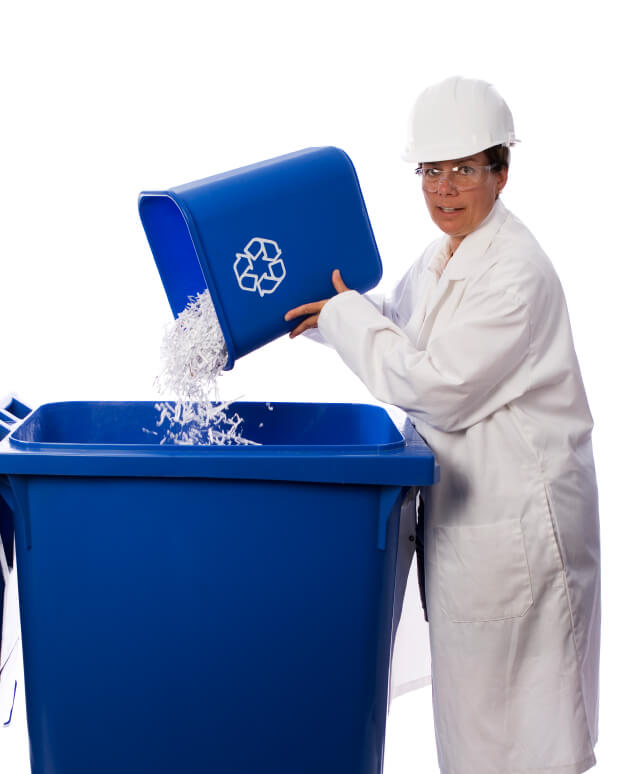By Terry Engelstad
MCP, MCSE, CCNA, MCDBA, MCTS, MCITP
AIS Network Operations Manager

Recently, a SharePoint hosting customer asked us to perform routine maintenance on his SharePoint site. As part of that, he asked us to clean out the SharePoint Site Recycle Bin and have the automatic deletion mechanism disabled for the Recycle Bin. He said that his company had not cleaned its SharePoint Recycle Bin in over one year.
There are some things you might find interesting about the Recycle Bin, which is the first line of defense in recovering data. As you probably know, SharePoint uses a two-tier Recycle Bin. The first tier is at the User level where an item deleted from a List or Library will drop into the User Recycle Bin. This way, the Users can recover deleted items themselves. Then after a period of time, items will be moved from the User Recycle Bin to a Site Collection Recycle Bin. The duration for which an item sits in the User Recycle Bin is determined by a parameter in SharePoint Central and is specific to an entire Web Application. The duration for which items will sit in the Site Collection Recycle Bin is determined by the amount of space available to hold these items and is also configurable via a parameter in SharePoint Central.
Currently, our customer’s User Recycle Bin is configured to never delete items. There are quite a few items in various User Recycle Bins. There are two ways to clean them out. First, somebody can go to each of the User Recycle Bins and remove items manually. Or, second, the retention configuration parameter could be changed to a very low value, and after a period of time, the items will flush out on their own.
The difference between these two techniques is that the first one requires human intervention to find all the Recycle Bins and to make decisions about which items should be deleted or not. The second option is global and will affect all items in all Recycle Bins.
Naturally, if our client wants us to clean out the User Recycle Bins individually, they would also need to define the rules for deletion of those items (i.e., delete everything older than 30 days, for example).
On the other hand, if the customer wants us to change the configuration parameters, we’d be happy to do so. That’s easy.
More questions about your hosted SharePoint? Leave your comments below.
